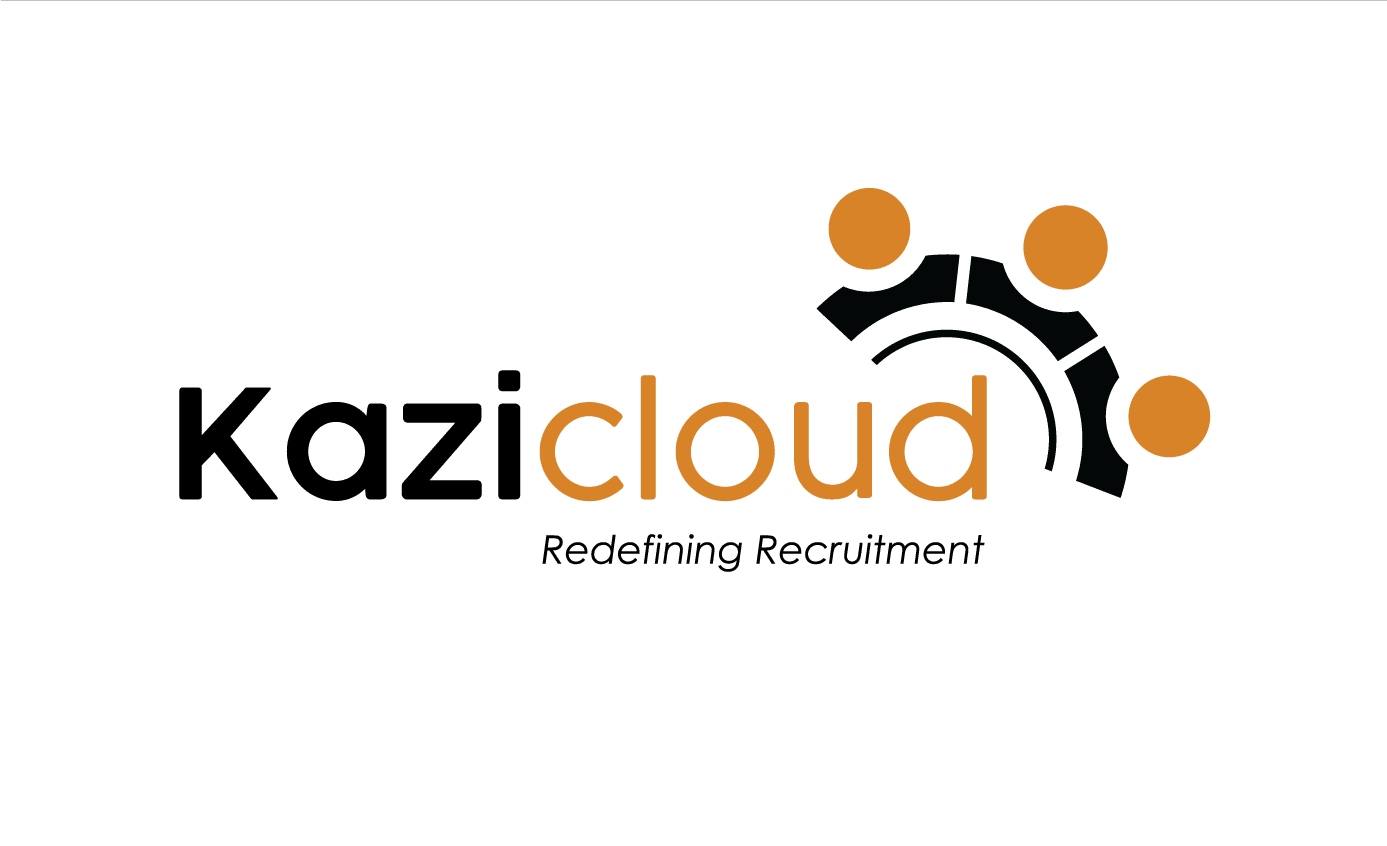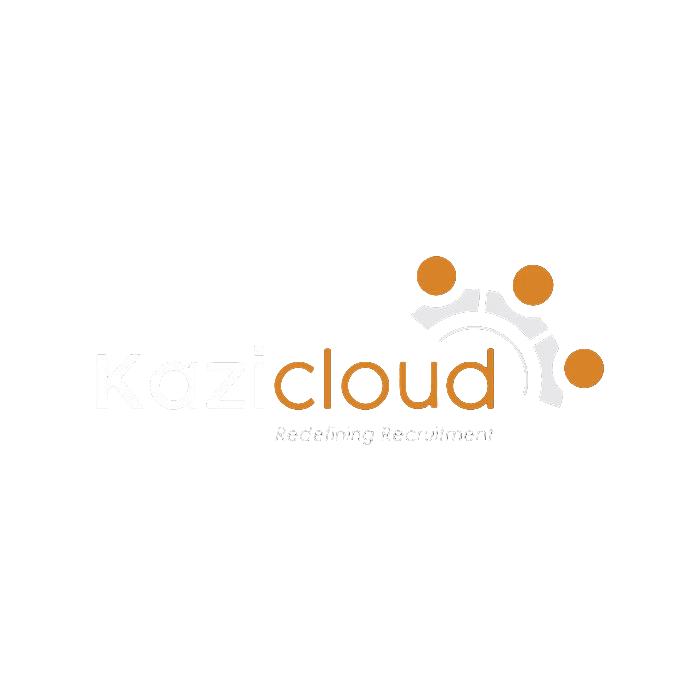Key Highlights
- Think of it as creating a “golden ticket” list – these are the individuals you want to fast-track through the recruitment process, typically for an initial interview or skills assessment.
- This allows you and your hiring team to dedicate your valuable time and resources to those with the highest potential for success in the role.
- If you’re not sure what your criteria should be, take a look at the individuals already operating in that position, or if you’re replacing someone, turn to that person.
Introduction
You’ve hit post on your new job listing, and the applications are flooding your inbox. It’s a great sign! A strong pool of talent means you have options, but wading through a sea of resumes can quickly turn overwhelming.
Here’s the not-so-secret secret: identifying the top candidates is the biggest hurdle for half of all talent acquisition leaders. But fear not! with our Guide to shortlisting candidates, you can transform this applicant influx into a manageable stream of interview-ready prospects.
So, how do you cut through the noise and find the perfect candidates? Let’s explore some techniques to help you shortlist the most promising applicants and ensure you fill that coveted position with the ideal person.
What is shortlisting?
Imagine this: you’ve posted a dream job listing, and applications are pouring in. Software developers with cutting-edge skills, and marketing gurus with proven track records – it’s a recruiter’s dream! But with a mountain of resumes on your desk, how do you identify the real diamonds in the rough?
This is where the power of shortlisting comes in.

Shortlisting is the art of sifting through your applicant pool and identifying the candidates who best align with the needs of your open position. Think of it as creating a “golden ticket” list – these are the individuals you want to fast-track through the recruitment process, typically for an initial interview or skills assessment.
In simpler terms, you’re building a shortlist of the all-stars you want to meet and delve deeper into their qualifications. Let’s say you’re hiring for a social media manager. Your shortlist might include candidates who:
Possess a proven track record of growing brand followings on relevant platforms (e.g., Instagram, Facebook)
Showcase experience in crafting engaging content that resonates with target audiences
Demonstrate strong analytical skills to measure campaign performance
Why should you create a shortlist?
Shortlisting cuts through that clutter, offering a multitude of benefits that streamline your hiring process and help you land the perfect candidate.
It’s a strategic process that offers a multitude of benefits:
- Focus and Efficiency: By creating a shortlist, you narrow down the applicant pool to the most promising candidates. This allows you and your hiring team to dedicate your valuable time and resources to those with the highest potential for success in the role.
- Standardized Evaluation: A shortlist establishes clear criteria for what constitutes a strong candidate. This ensures consistency in your decision-making process and reduces the risk of bias. Everyone on the team is on the same page about the ideal fit for the position.
- Improved Candidate Selection: Shortlisting acts as a mirror reflecting the effectiveness of your recruitment strategy. Are you attracting the right talent? If your shortlist is consistently empty, it might be a sign that your job description needs tweaking or your target audience isn’t seeing your postings.
- Faster Hiring Decisions: With a focused pool of top contenders, the entire hiring process moves along more swiftly. You can schedule interviews and make decisions more quickly, ultimately landing the perfect hire before your competitors do.
“A well-thought-out shortlisting process will help you identify employees with skills that you really need.”
How to build a solid shortlisting process

Sure, a shortlist sounds great–but just knowing the definition doesn’t help narrow down your growing pool of candidates! Here’s how you can build a shortlisting process to make sure you’re interviewing the right candidates.
Determine your criteria.
Before you even post your job listing, you need to identify the “must-haves” and the “nice-to-haves” for the role you’re hiring. These qualifications will become the criteria for your shortlist.
Your list of must-haves will be the minimum qualifications for the candidates that you interview, while the nice-to-have list might get that applicant some bonus points (but not necessarily disqualify any applicants who don’t meet those criteria).
If you’re not sure what your criteria should be, take a look at the individuals already operating in that position, or if you’re replacing someone, turn to that person. Ask them what skills they believe are most important to their job. What qualifications would they want to see new hires have?
Discuss the criteria with the hiring manager for the role in question to ensure you’re selecting the right candidates for the shortlist.
Decide a shortlist maximum number.
The point of a shortlist is… well, that it needs to be short. If you’re not cutting down your applicant pool, creating a shortlist doesn’t really help! That’s why you need to set a list maximum.
In other words, you need to determine how many candidates you’re going to move forward with. This might be a set number or it could be a percentage of applicants. You can also find this number by estimating how many candidates you’ve interviewed in the past out of everyone who applied for a certain role.
Don’t worry too much about this shortlist number. If you end up having more highly qualified candidates, interview them. Likewise, don’t waste your time filling up your shortlist if you don’t have enough candidates who meet your minimum qualifications.
Eliminate applicants who don’t have the criteria you’re looking for.
You listed your “must-haves” for a reason. If a candidate doesn’t have the minimum criteria you’re looking for in someone you want to interview––it’s time to cut them. Don’t waste your time with applicants who don’t meet your needs.
If you’re expecting a high volume of applicants, you can automate this process. Using keyword-identifying tools, you can automatically weed candidates who don’t meet your basics.
However, if you’re going to go down this route, just be careful that your automation process is working appropriately. You don’t want to accidentally remove any qualified candidates! Be sure to do a quick comb through your rejected applicants to make sure you’re not overlooking a strong candidate. That way, you can also optimize your automated resume screening process for the future.
Screen candidates in, not out.
Screening candidates in versus screening them out might not seem like a big difference. But rather than just looking for candidates that don’t fit what you’re looking for, see what applicants have transferable skills. Who seems like someone who will commit to your business and that you can rely on?
If you’re only looking at who checks all your boxes, you might end up with candidates who seem great on paper but aren’t willing or prepared to grow with your organization. By screening candidates in, rather than just screening out, you can be sure to interview stronger candidates.
You should also look at your group of candidates holistically. When deciding whether or not to screen a candidate in, consider if there are other applicants like that person. Creating a diverse candidate pool can give you a stronger pool of interviewees––and increase the chances you hire a diverse employee.
Try assessments during the initial application phase.
Candidate assessments usually come later in the recruitment process, but adding them early on can help you get to know your applicants better in the beginning––especially when you’re expecting high volumes of applicants.
Assessments also come in handy if there is a specific skill you need to score applicants for. For example, if your must-have criteria are very specific, an assessment can help you understand who really has those skills versus who just listed them on their resume.
You can add assessments during the application phase or wait until your candidates have applied. Assessments also come in handy if you find you have too many candidates meeting your list of criteria. Have applicants you’re on the fence about complete some assessments to see if they’re a good fit or not.
Conduct a screening interview.
Phone screenings are incredibly common during the beginning phases of the hiring process. In fact, you probably already use them! While initial phone interviews are efficient for some, especially for low-volume roles, you can also screen candidates with a video interview.
Video interviews allow applicants to respond to prompts in self-recorded videos. This gives you the opportunity to hear from large volumes of applicants without needing to invest time to screen them all independently.
Video interviews do have some drawbacks (like that you can’t ask follow-up questions) but they’re a great way to get to know your applicants beyond just their resume and application at the very beginning of the hiring process.
Give your candidates a score.
Having solid cut-off points can prevent you from wasting your time with candidates who just aren’t a fit. However, it’s unlikely that all of your candidates will meet all your criteria. You can still identify your strongest candidates by giving them a score.
The M.E.P. system (which stands for Mandatory, Essential, Preferred) is one way to score your candidates. Here’s how it works:
- Rank your list of criteria and qualifications as mandatory (absolute minimum requirement), essential (a very important skill to have), or preferred (a nice-to-have skill, but not necessary).
- As you go through applicants, allocate 1 point for every M a candidate has, 2 for every E, and 3 for every P.
- At the end of each candidate’s application, give them a total score.
- Candidates with the highest scores are your strongest candidates.
This kind of scoring process also helps you identify a candidate’s strengths and weaknesses so you can bring them up during the interview process and have a meaningful conversation early on.
Let candidates know if you’re not moving forward.
It’s always good to let candidates who don’t meet your qualifications know they’re not moving forward in the interview process––especially if you’ve done further screening like a phone interview or asked them to complete assessments.
If you’re still in the application screening phase, an email is usually fine for alerting candidates. You can also follow up with a phone call if you only had a small number of applicants.
It’s always helpful to the candidate to let them know why you’re not moving forward––whether it’s that there were a large number of strong candidates or if they didn’t meet certain criteria. Leaving off the relationship on a good foot can encourage them to apply again in the future, or, at the very least, leave them with a positive impression of your brand.
“Providing candidates with at least basic feedback whenever you have the capacity to do so improves your candidate experience”.
Use shortlisting to interview the best candidates.
Don’t allow a large number of applicants to derail your hiring process. When you know how to narrow down your candidate list to focus on your strongest applicants, you can ensure you’re not overlooking anyone who could be a good fit for your organization.
Let’s recap how you can find a shortlisting process that works for you:
- Identify your main criteria and what is most important in the candidates you choose to interview.
- Determine how many candidates you want to move to the next phase with.
- Consider using blind screening to eliminate bias.
- Cut out applicants that don’t have the must-haves you’ve outlined and use automation to make the process easier.
- Screen in, not out and look for transferable skills.
- Use assessments to measure specific skills important to your application.
- Use phone or video interviews to get to know your candidates beyond just what they’ve written on their CVs or in their applications.
- Give your candidates a score with the M.E.P. process.
- Let candidates know if they’re not moving forward.
As you become more familiar with what you’re looking for in candidates, the hiring process will become easier and easier!
Now! That’s the hard part. The Easy part is that you can Create your employer profile on Kazicloud.co.ke and start taking advantage of Kazicloud’s employer dashboard and get unlimited access to candidate shortlisting tools.
Your employer dashboard keeps your recruitment team on top of its recruitment activities by providing visual information-based data on posted jobs, Job applications, Shortlisted Candidates and page views. This information will help keep you on top of your job-seeking project.
Create an employer account today and unlock the full features of the Kazicloud Recruitment System.
Want to learn how to use external recruiters to speed up your hiring process? Read how to source for candidates using external recruiters.






